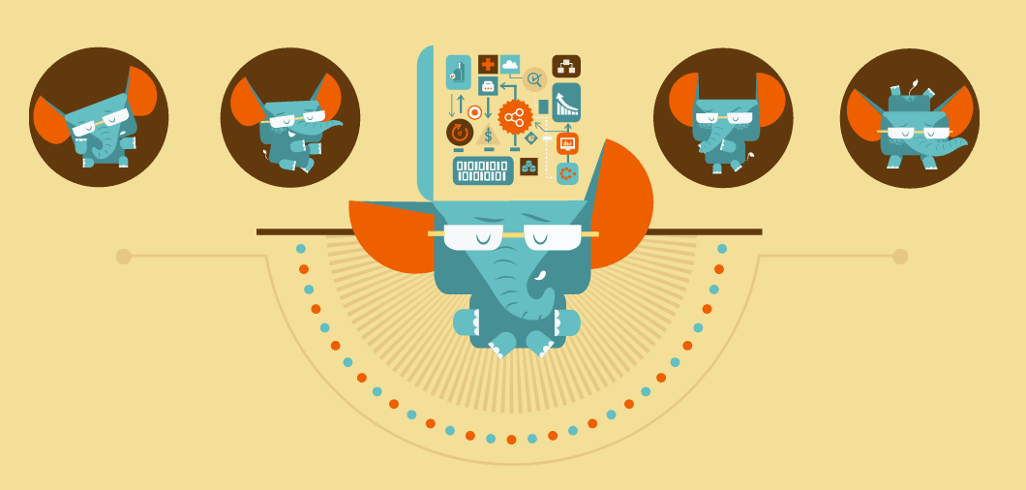
Submit a talk on data
Submit talks on data engineering, data science, machine learning, big data and analytics through the year – 2019

Submit talks on data engineering, data science, machine learning, big data and analytics through the year – 2019
Akash Tandon
@akashtandon
Submitted Apr 9, 2018
In spite of open data portals cropping up across multiple domains, working with the datasets they provide is difficult. In our bid to identify disease outbreaks and aid preventive health-care, we came across one such data source.
The Ministry of Health and Family Welfare (MoHFW) in India has the IDSP scheme in place to identify disease outbreaks at sub-district & village level across India. Under this scheme, it releases weekly outbreak data as a PDF document. PDFs are notorious for being hard to parse and incorporate in data science workflows. We’ll outline how we leverage Python/R based open source solutions including Apache Airflow and in-house tools to structure this data in order to derive useful insights from it.
Akash Tandon is a member of the data engineering team at SocialCops where he’s primary maintainer for their geography identification and entity recognition system. He also contributes to multiple components of the data pipeline.
Prior to this, he was a data engineer at RedCarpetUp. In the past, he had participated in the Google Summer of Code program as a student and mentor.
{{ gettext('Login to leave a comment') }}
{{ gettext('Post a comment…') }}{{ errorMsg }}
{{ gettext('No comments posted yet') }}